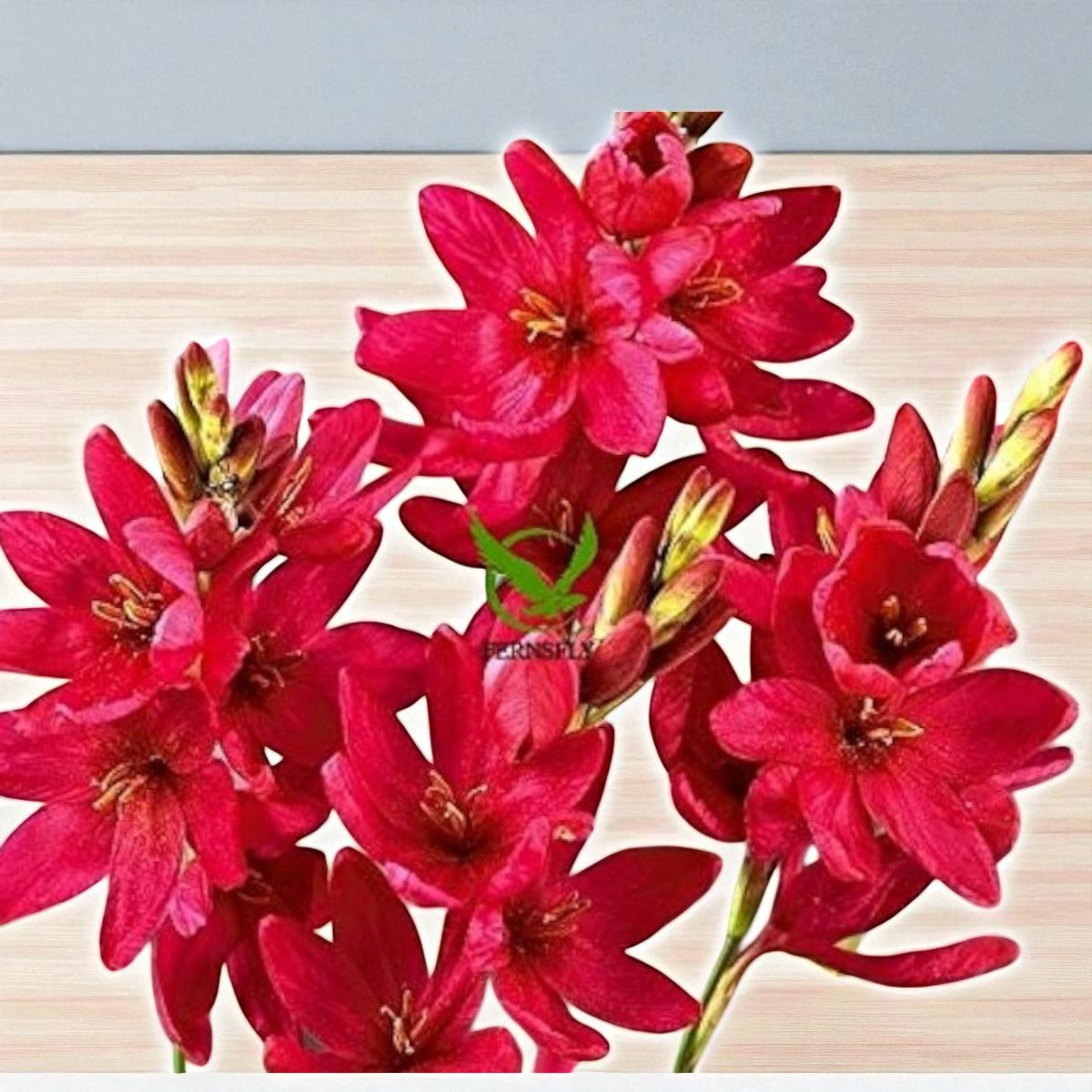
Best Flowering Plants for Winters
Winter can often seem like a bleak time for gardens, but with the right flowering plants, you can bring color and life to your outdoor spaces even in the cold months. This article explores some of the best flowering plants suitable for winter, their care requirements, and how they can enhance your garden's aesthetic during this season.
1. Understanding Winter Flowering Plants
Winter flowering plants are species that bloom during the colder months, providing essential color and vibrancy when most other plants are dormant. These plants are typically hardy and can withstand lower temperatures. Choosing the right varieties can ensure that your garden remains lively throughout winter.
2. Benefits of Winter Flowering Plants
- Color and Aesthetics: They add vibrant colors to an otherwise drab landscape.
- Wildlife Support: Many winter flowers attract pollinators and birds, providing essential food sources during scarce months.
- Seasonal Interest: They offer visual interest in gardens when most plants are not blooming.
- Hardiness: Many winter flowering plants are resilient and require less maintenance.
3. Top Winter Flowering Plants
Here’s a list of some of the best flowering plants that thrive in winter:
| Plant Name | Description | Care Requirements |
|---|---|---|
| Hellebores | Also known as Christmas roses, these perennials bloom in late winter with stunning flowers in various colors. | Partial shade; well-drained soil; keep moist but not soggy. |
| Winter Jasmine | This plant features bright yellow flowers that bloom on bare stems, adding a cheerful touch to gardens. | Full sun to partial shade; well-drained soil; moderate watering. |
| Camellias | Known for their beautiful blooms, camellias can flower from late fall through early spring. | Partial shade; acidic, well-drained soil; regular watering. |
| Snowdrops | These delicate white flowers often bloom even through snow, symbolizing the arrival of spring. | Full sun to partial shade; well-drained soil; low maintenance. |
| Pansies | Available in various colors, pansies can bloom throughout winter in milder climates. | Full sun; well-drained soil; regular watering. |
| Cyclamen | With unique heart-shaped leaves and vibrant flowers, cyclamen add charm to winter gardens. | Partial shade; well-drained soil; avoid overwatering. |
| Witch Hazel | This shrub produces fragrant yellow flowers in late winter and is known for its unique appearance. | Full sun to partial shade; well-drained soil; moderate watering. |
4. Planting and Care Tips
To successfully grow winter flowering plants, consider the following tips:
- Choose the Right Location: Ensure your chosen plants receive adequate sunlight according to their needs.
- Soil Quality: Use well-draining soil enriched with organic matter to promote healthy growth.
- Watering Practices: Water consistently but avoid overwatering, especially during cold spells when evaporation rates are low.
- Mulching: Apply mulch around the base of plants to retain moisture and protect roots from freezing temperatures.
- Pruning: Regularly prune dead or damaged branches to encourage new growth and maintain plant health.
5. Designing Your Winter Garden
When designing a winter garden with flowering plants, consider the following strategies:
- Layering Plants: Use taller plants at the back and shorter ones at the front to create depth.
- Color Coordination: Choose a mix of colors that complement each other for visual appeal.
- Focal Points: Incorporate larger flowering shrubs or trees as focal points in your garden layout.
- Pathways and Borders: Create pathways lined with low-growing flowers or shrubs to guide visitors through your garden.
6. Conclusion
Winter doesn’t have to mean a barren garden space. By selecting appropriate winter flowering plants, you can create a vibrant landscape that offers beauty and interest throughout the cold season. With proper care and strategic planning, your winter garden can be a delightful retreat filled with color and life.
7. Additional Resources
For further reading on winter gardening techniques and plant care tips, consider checking out gardening books or local horticultural societies that focus on seasonal planting strategies.By incorporating these practices into your gardening routine, you can enjoy a flourishing winter garden that stands out even in the coldest months!

